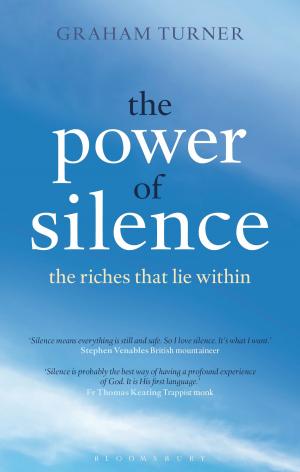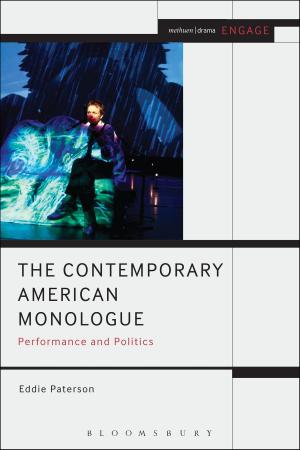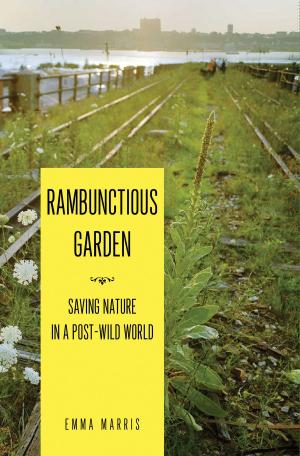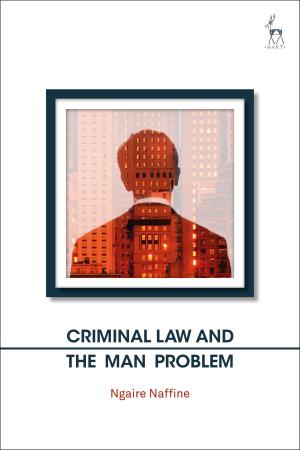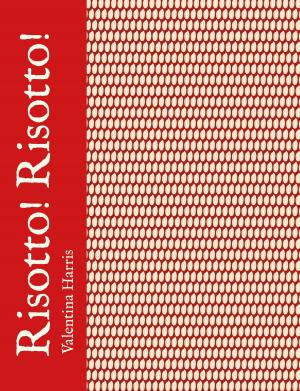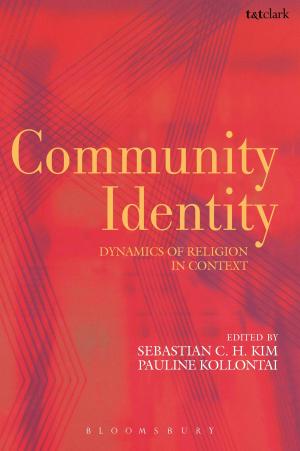The Amritsar Massacre
The Untold Story of One Fateful Day
Nonfiction, History, Modern, 20th Century, Military| Author: | Nick Lloyd | ISBN: | 9780857730770 |
| Publisher: | Bloomsbury Publishing | Publication: | September 30, 2011 |
| Imprint: | I.B. Tauris | Language: | English |
| Author: | Nick Lloyd |
| ISBN: | 9780857730770 |
| Publisher: | Bloomsbury Publishing |
| Publication: | September 30, 2011 |
| Imprint: | I.B. Tauris |
| Language: | English |
At approximately 5:10pm on 13 April 1919, Brigadier-General 'Rex' Dyer, led a small party of soldiers through the centre of Amritsar into a walled garden known as the Jallianwala Bagh. He had been informed that an illegal political meeting was taking place and had come to disperse it. Dyer's men entered the garden and immediately opened fire upon the huge crowd that had gathered there. 379 people were killed and at least 1,000 more were wounded in what has became known as the Amritsar Massacre.
The massacre is the most infamous British atrocity in the history of British rule in India. Opening fire on an unarmed gathering of men, women and children, it was the most brutal incident of its kind, fatally weakening the British position in India and uniting the people of the subcontinent against their colonial masters. It is commonly seen as the turning point in India's struggle for freedom, an episode that has become enshrined in Indian national myth and which is still recounted to generations of school children as a moment of inexplicable imperial barbarity.
This important new book aims to dispel the myths and misconceptions surrounding the massacre and challenges the conventional historiography by offering a defence of the British Raj and the decisions taken in 1919. Nick Lloyd begins his retelling with Britain's hopes for a new age of collaboration and reform in 1917 and 1918 and then explains the growth of nationalist discontent, before taking the reader into the claustrophobic streets of the Punjab in April 1919 when violence broke out. Part historical account of a bloody massacre, part history of an empire in a period of great change, The Amritsar Massacre will appeal to both history enthusiasts and the general reader.
At approximately 5:10pm on 13 April 1919, Brigadier-General 'Rex' Dyer, led a small party of soldiers through the centre of Amritsar into a walled garden known as the Jallianwala Bagh. He had been informed that an illegal political meeting was taking place and had come to disperse it. Dyer's men entered the garden and immediately opened fire upon the huge crowd that had gathered there. 379 people were killed and at least 1,000 more were wounded in what has became known as the Amritsar Massacre.
The massacre is the most infamous British atrocity in the history of British rule in India. Opening fire on an unarmed gathering of men, women and children, it was the most brutal incident of its kind, fatally weakening the British position in India and uniting the people of the subcontinent against their colonial masters. It is commonly seen as the turning point in India's struggle for freedom, an episode that has become enshrined in Indian national myth and which is still recounted to generations of school children as a moment of inexplicable imperial barbarity.
This important new book aims to dispel the myths and misconceptions surrounding the massacre and challenges the conventional historiography by offering a defence of the British Raj and the decisions taken in 1919. Nick Lloyd begins his retelling with Britain's hopes for a new age of collaboration and reform in 1917 and 1918 and then explains the growth of nationalist discontent, before taking the reader into the claustrophobic streets of the Punjab in April 1919 when violence broke out. Part historical account of a bloody massacre, part history of an empire in a period of great change, The Amritsar Massacre will appeal to both history enthusiasts and the general reader.


